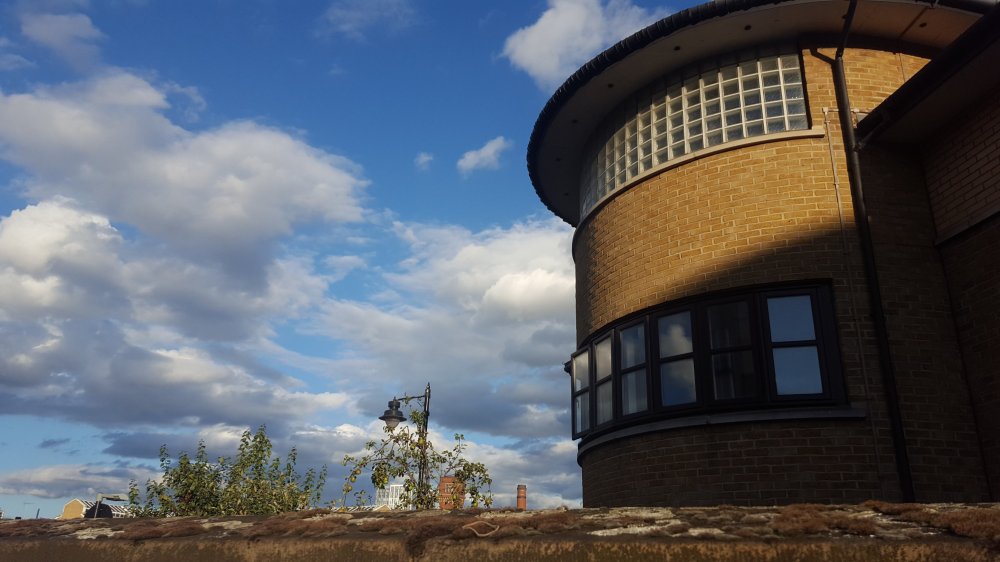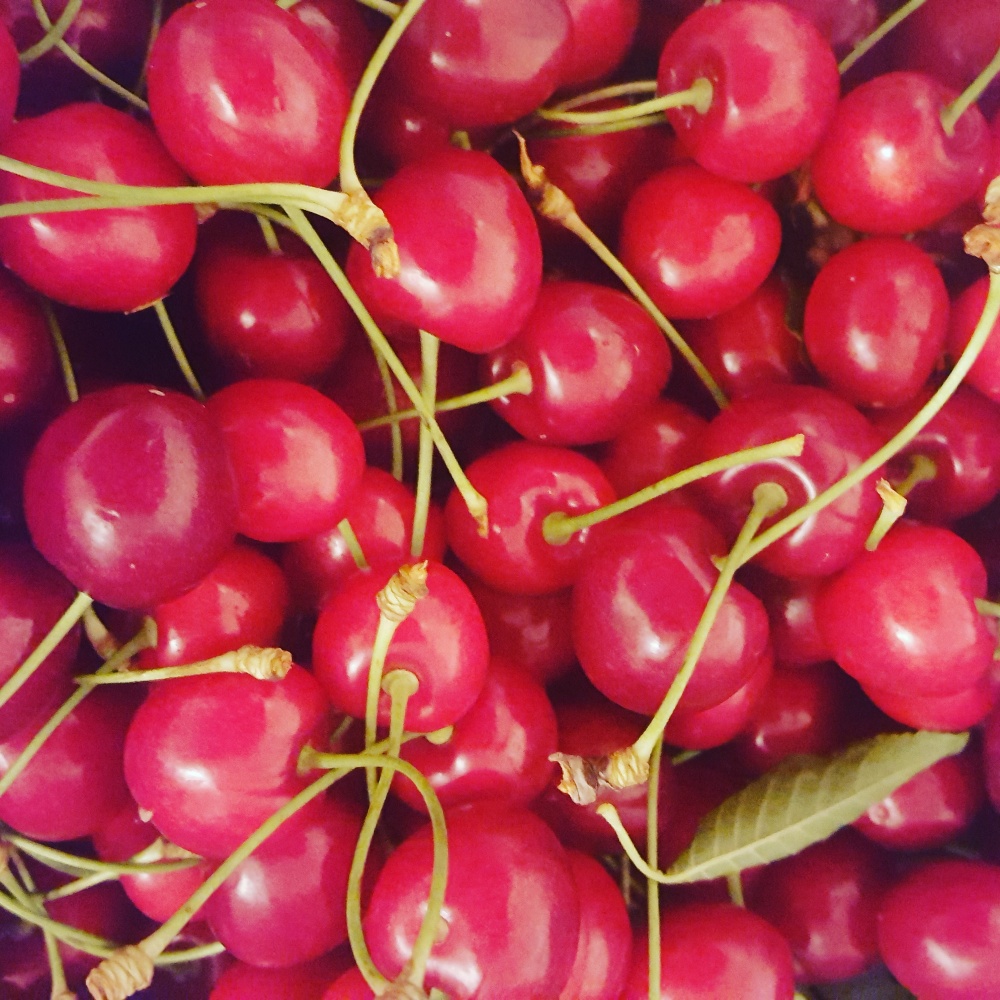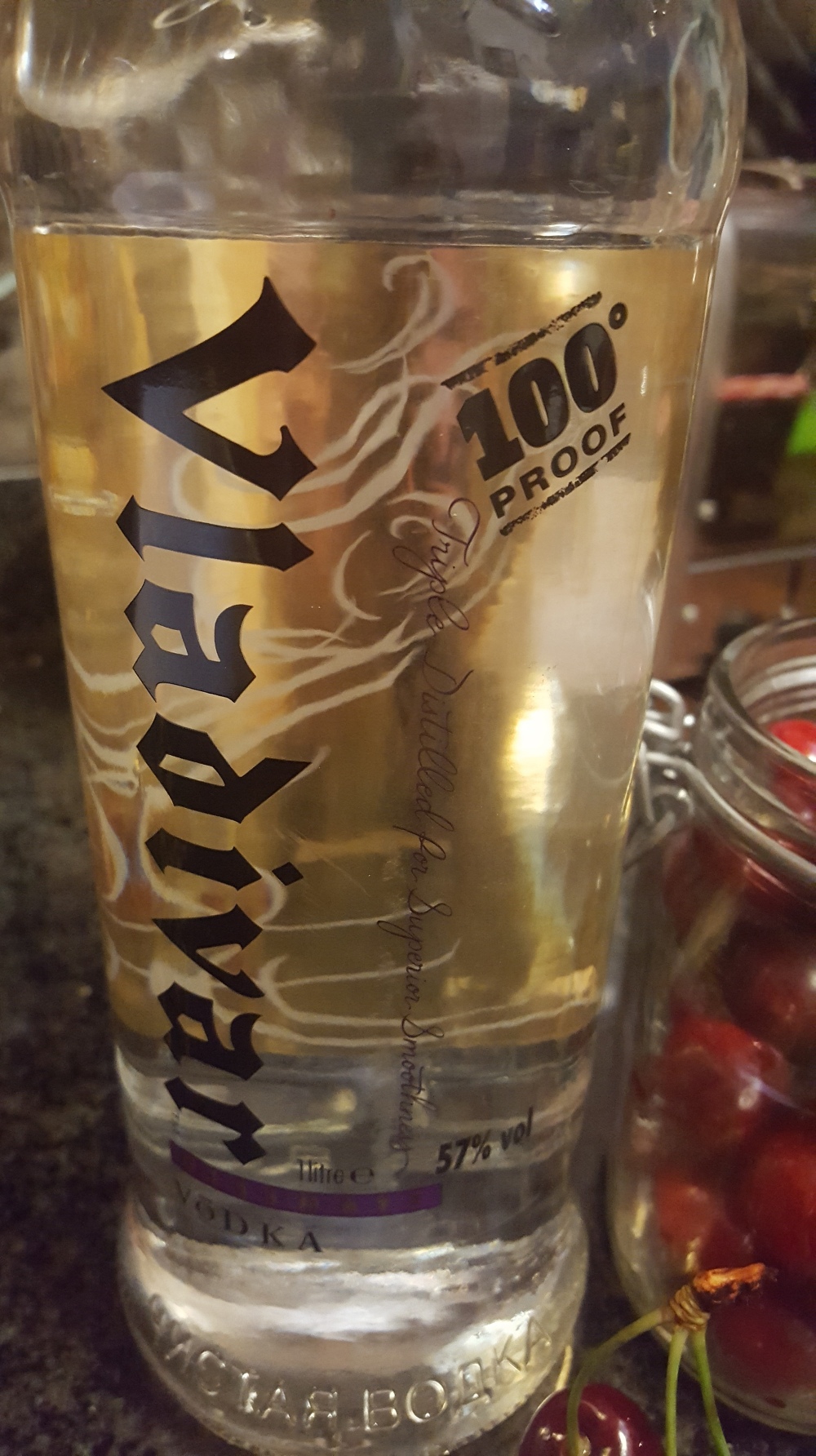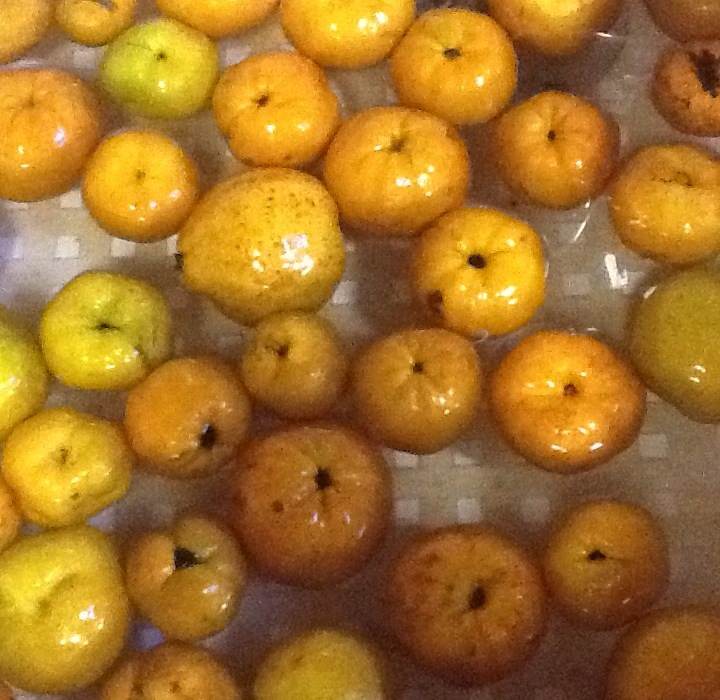First, pick your quince. You’ll need to source your own as I am not about to share my Bow source. However, they are widely available ready picked and from outside the area, particularly in local Turkish fruiterers and, seemingly, all year round. Usually I pick them in mid/late September, but just never got around to it this time, events conspired in October, but a late autumn meant that I was able still to pick them in November, the second weekend no less. Definitely riper than usual, I decided that meant sweeter and therefore used a bit less sugar. I still got the usual number of scratches picking them though!

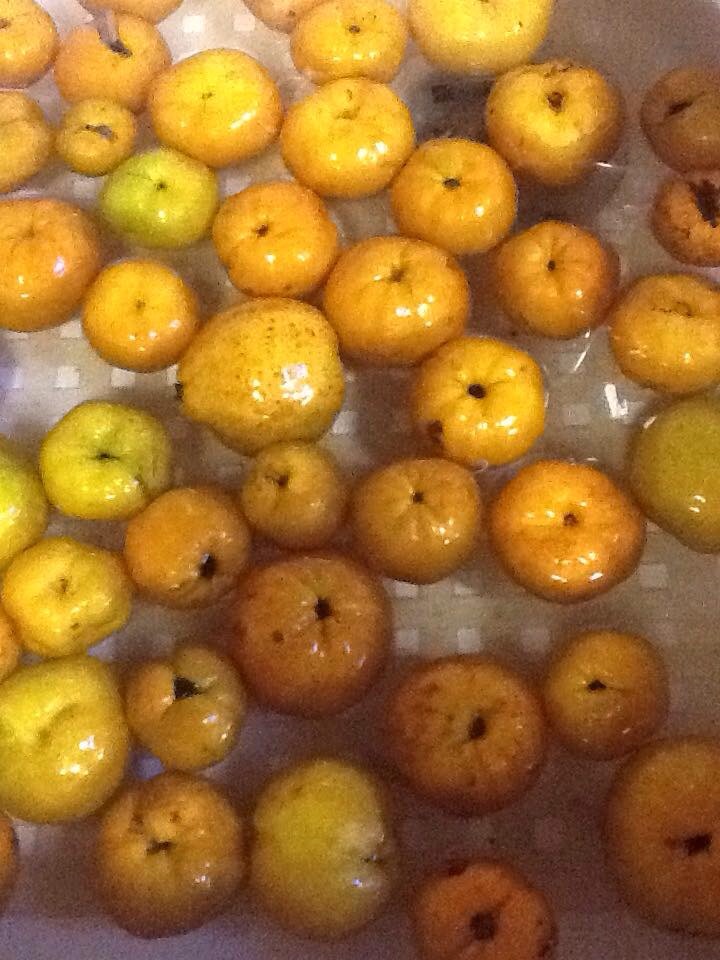
They look a bit ugly, but that’s okay. I soak and scrub in one of the sinks, transferring to the other sink to avoid confusion, a quality in which I am becoming expert.
No need to peel them. I used to spend ages attempting to remove the skin. Total waste of time. Just use the sharp end of a peeler, or anything similar, to remove the stalk and the spidery bit at the other end. Cut them in half. Don’t worry about the pips inside.

Pile them into a saucepan, add the tiniest bit of water, no more than a spoonful or two. Cook gently. They soon collapse into a cooked mushy consistency.
Now the fun bit. You need to sieve it all to remove the pips and the skin. I use a metal sieve, a wooden spoon and a clean saucepan. Small amounts at a time. Discard debris as you go. This bit needs good music as it seems to take forever. If you really want some local stuff, Dizzee Rascal. I generally stick to showtunes. Finally, after the musical workout, suitably cooked quince purée.
Weigh the purée. I usually end up with about 4 or 5 lbs, whatever that is in metric. Anyway, you will need the same weight in granulated sugar (I reduced it this time, quince very ripe, seemed to work okay, but I wasn’t sure what would happen until the end).
Time for another pan. I have a preserving pan which is perfect. Otherwise, I think you’d have to use your largest saucepan and maybe think about doing the next bit in a couple of batches. You may wish to think about a long handled preserving spoon to avoid molten splatters. I wear a long silicone glove too as I am naturally accident prone.

Combine the quince purée and granulated sugar, heat gently, stirring, allowing the sugar to dissolve. Bring it to the boil, keep stirring so it doesn’t burn and stick to the pan and try not to get splattered as random bits start erupting. Slowly, it will take on a different consistency as it begins to gel. I suppose you could use a sugar thermometer and check the temperature, but I am quite good at guessing the moment when it is ready. I used to cool saucers with ice cubes and put a few drops onto the saucer to see if it had set, but now I just know the moment almost instinctively.



Meanwhile, you’ll have decide what you are going to pour your quince paste into to allow it to set. Different recipes recommend different things, all shallow containers though, no jam jars here. I buy a pack of cheap plastic food containers from the local pound shop, running them through the dishwasher before use. Using a cup, I fill them to a depth of about an inch or less. Any leftover, not quite enough for a container, just goes into a small ceramic bowl and eventually gets covered in cling film.
You need to let them cool and dry out now. Some recipes suggest using the airing cupboard. Well, if you could get inside mine, maybe!
I let them cool on a granite surface, transferring them when stone cold to a marble shelf in the larder. The lids go on about a day later.
The colour develops and, over the space of a few weeks, the quince paste will darken from a golden colour to a richer amber shade.
I keep them stacked in the fridge, those that are not immediately given away. It keeps for ages, but I always run out before the next season comes round. Great to take to supper parties with some good cheese and grapes or figs.

You can add things too – I have put some chopped Birdseye chillies into a very small batch and that was good and packed quite a punch. But I probably prefer this plain and simple.





